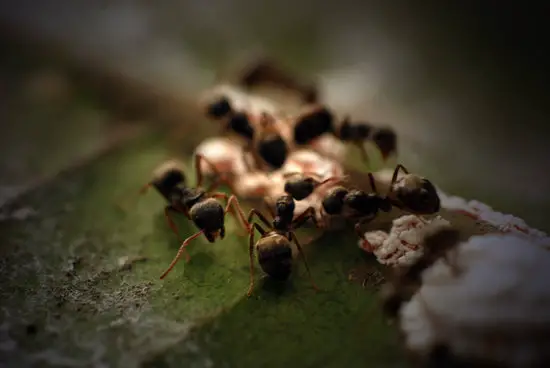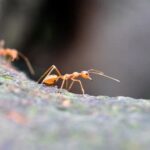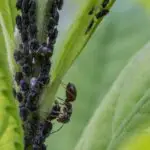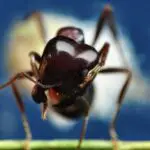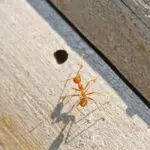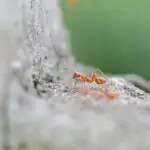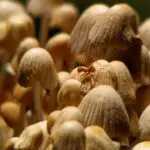Why Do Ants Keep Slaves?
Among the most unusual interspecific relationships in animal biology, ants keep slaves. This is a social parasite-host relationship whereby adult workers of the host species emerge in the enslaver’s nest and act as workers for the social parasite’s colony.
Slaves are usually kept by species that live in the tropics. Some species, such as Protomognathus americanus and Temnothorax longispinosus, live in leaf litter layers of mixed forests on the east coast of the U.S. A single tribe of slave-making ants lives in the United States.
Recent myrmecological literature records instances of slave rebellions, but these events are often overlooked. In these instances, slaves may be acting for their own population or for the benefit of the maternal population.
Some host species may show agonistic behavior more frequently when responding to parasites. However, these interactions are usually not serious and may lead to a successful outcome for the social parasite.
Early myrmecological literature reported cases of colony splitting. In these instances, the enslaved species were thought to be lost to the colony. However, some of these cases are reported in the laboratory.
For example, Czechowski (1996) studied wood ant pupae in field colonies of Formica sanguinea and F. pratensis. In eight of the 21 mixed colonies, a brood of wood ants was observed. However, only queenless parts of the mixed colonies were able to accept wood ant queens.
Similarly, Dobrzanska (1978a) reported a well-organized cooperation between slaves and enslavers during raids. In the laboratory, however, slave aggressiveness was observed only after several months of rearing. Slaves attacked the enslaver workers, sometimes stealing their appendages and pulling their antennas.
